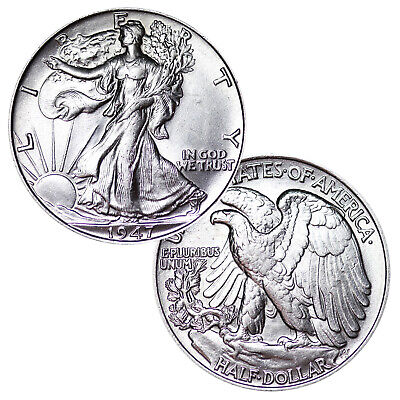In precious metals investing, junk silver holds a unique position. Unlike pure bullion, junk silver refers to U.S. coins minted before 1965 that contain 90% silver. It offers various advantages for investors seeking to diversify their portfolio with physical silver. This article explores the pros and cons of investing in Pre-1965 silver coins, providing essential insights for potential investors.

Understanding Pre-1965 90% Silver Coins
Junk silver primarily consists of dimes, quarters, and half dollars minted in the United States before 1965. These coins are composed of 90% silver and 10% copper, making them a valuable source of silver at a relatively accessible price. Unlike collectible coins, Pre-1965 coins are valued for their silver content rather than its numismatic value.
Why Pre-1965 Silver Coins Are Considered a Good Investment
- Government Minted: Pre-1965 silver coins were minted by the U.S. government, ensuring their authenticity and trustworthiness. This government backing gives investors confidence in the silver content and legitimacy of the coins.
- Easily Recognizable: Due to their historical circulation, these coins are widely recognized and accepted. This recognition makes it easy to trade and sell privately and through dealers.
- Complex to Counterfeit: The coins’ detailed designs and precise specifications make them challenging to counterfeit, reducing the risk of fraud for investors.
- Limited Supply: As no new 90% silver coins are being produced, the existing supply is finite. This scarcity can increase value, especially as silver becomes more sought after.
- Easy to Count and Store: Junk silver coins are convenient to handle, count, and store, making them a practical option for those looking to invest in physical silver.
For more information on the history and composition of these coins, see U.S. Mint Coin Specifications.
Pros of Investing in Junk Silver
Investing in junk silver offers several benefits that make it an attractive option for both new and experienced investors:
- Affordability: It is often available at lower premiums over spot price than silver bullion, making it a cost-effective way to acquire silver.
- Liquidity: The widespread recognition of these coins ensures their liquidity, allowing investors to quickly sell them when needed.
- Fractional Denominations: It comes in small denominations, providing flexibility for investors who want to trade or sell in small quantities.
- Historical Value: While primarily valued for their silver content, these coins also possess historical significance, adding an element of interest for collectors.
Cons of Investing in Junk Silver
Despite its advantages, there are certain drawbacks to consider when investing in junk silver:
- Storage Space: Compared to bullion bars or rounds, a significant investment in Pre-1965 coins requires more physical space for storage.
- Wear and Tear: Older coins may have wear and tear, potentially reducing their silver content slightly over time.
- Market Fluctuations: As with all precious metals, the value is subject to market fluctuations, which can affect investment returns.
- No Numismatic Premium: Junk silver lacks the numismatic premium that rare coins might carry, focusing solely on its silver content value.
Is Junk Silver a Good Investment?
Junk silver represents a viable investment option for diversifying their portfolio with physical silver. Its government-issued authenticity, ease of recognition, and limited supply make it appealing. However, potential investors should consider this type of investment’s storage requirements and market volatility.
Whether Pre-1965 silver is a good investment depends on individual financial goals and risk tolerance. Investors can make informed decisions about incorporating junk silver into their investment strategy by weighing the pros and cons.